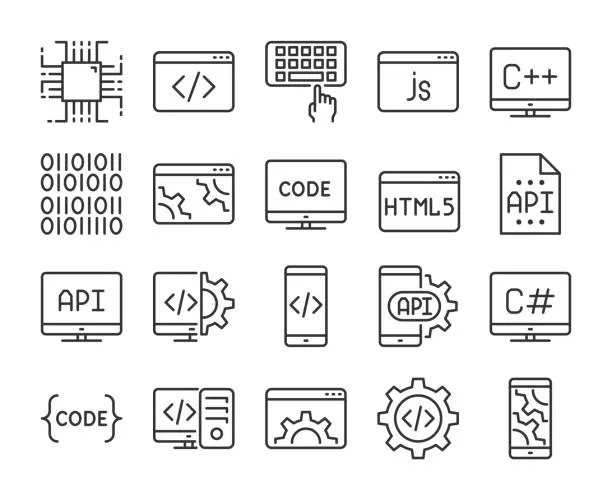ProjectsAboutBlogs
Software Development
Web Design and Development
Mobile Application
Cloud Solutions
Big Data Services
AI & ML Solutions
CRM Consulting
Contact
A remote software development company

Vue.js offers a powerful feature called v-html that allows developers to inject raw HTML content directly into the DOM. While this feature is handy in certain scenarios, it comes with potential security risks if not handled carefully. In this article, we will explore when and how to use v-html, along with best practices to ensure the safety of your Vue.js applications.
v-htmlWhen you have content that includes formatted text (e.g., bold, italic, lists) and you want to maintain the HTML formatting when displaying it to users.
If your application allows users to input HTML content (e.g., through a WYSIWYG editor) and you want to display their formatted content on the page.
When integrating with third-party services or widgets that provide HTML code to be embedded directly into your application.
v-html in Your Vue ComponentTo inject raw HTML into a Vue component, you can use the v-html directive:
<template>
<div v-html="rawHtmlContent"></div>
</template>
<script>
export default {
data() {
return {
rawHtmlContent: "<p>This is <strong>formatted</strong> content.</p>",
};
},
};
</script>